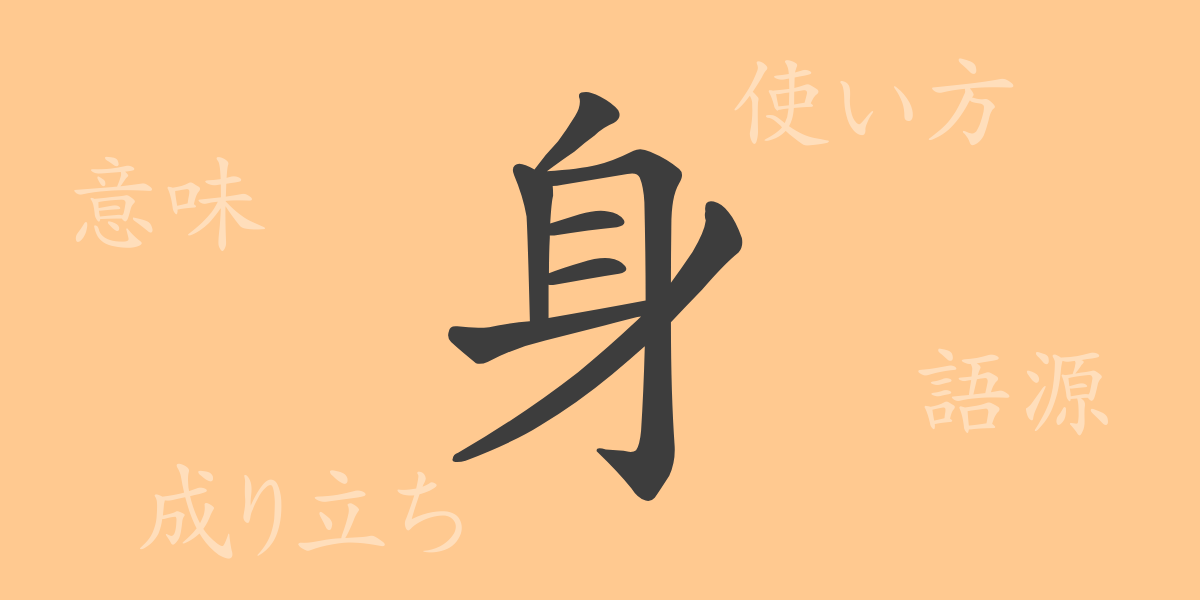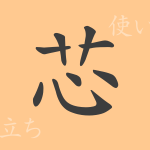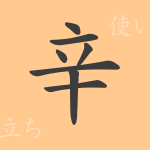The depth of Japanese character culture is embodied in its commonly used Kanji, which are rooted in everyday life. This article focuses on the Kanji ‘身’ (み), exploring its allure and profound meanings. Through this exploration, we hope to convey the history, philosophy, and deep connection these characters have with the lives of Japanese people.
Origins of 身 (み)
The Kanji ‘身’ has ancient origins, traceable back to oracle bone script. Originally used as a pictograph representing the human body, it depicted the upper body, which over time evolved into its current form. Initially denoting the physical body, it gradually came to also represent oneself or one’s essence.
Meaning and Usage of 身
While ‘身’ primarily refers to the human body, it is also used metaphorically to express the concept of ‘self.’ Furthermore, it denotes one’s social status or circumstances, reflecting the personal environments or conditions that surround an individual.
Readings, Stroke Count, and Radical of 身
The Kanji ‘身’ is nuanced in its usage, reflecting the complexity of the Japanese language.
- Readings: On’yomi as ‘シン’, Kun’yomi as ‘み’
- Stroke Count: 7 strokes
- Radical: The radical itself is ‘身’
Phrases, Idioms, and Proverbs Involving 身
The idioms and proverbs containing ‘身’ reflect Japanese life and philosophy. For instance, ‘身から出た錆’ (みからでたさび) signifies troubles caused by one’s own actions, while ‘身を粉にする’ (みをこにする) describes working extremely hard. These expressions embody values such as personal responsibility and diligence.
Conclusion on 身
The Kanji ‘身’, while simple in form, encompasses a wide range of meanings. This character, deeply intertwined with our daily lives, symbolizes the richness of the Japanese language. We hope this article has unveiled new aspects of ‘身’, enriching your understanding of this profound character.

























